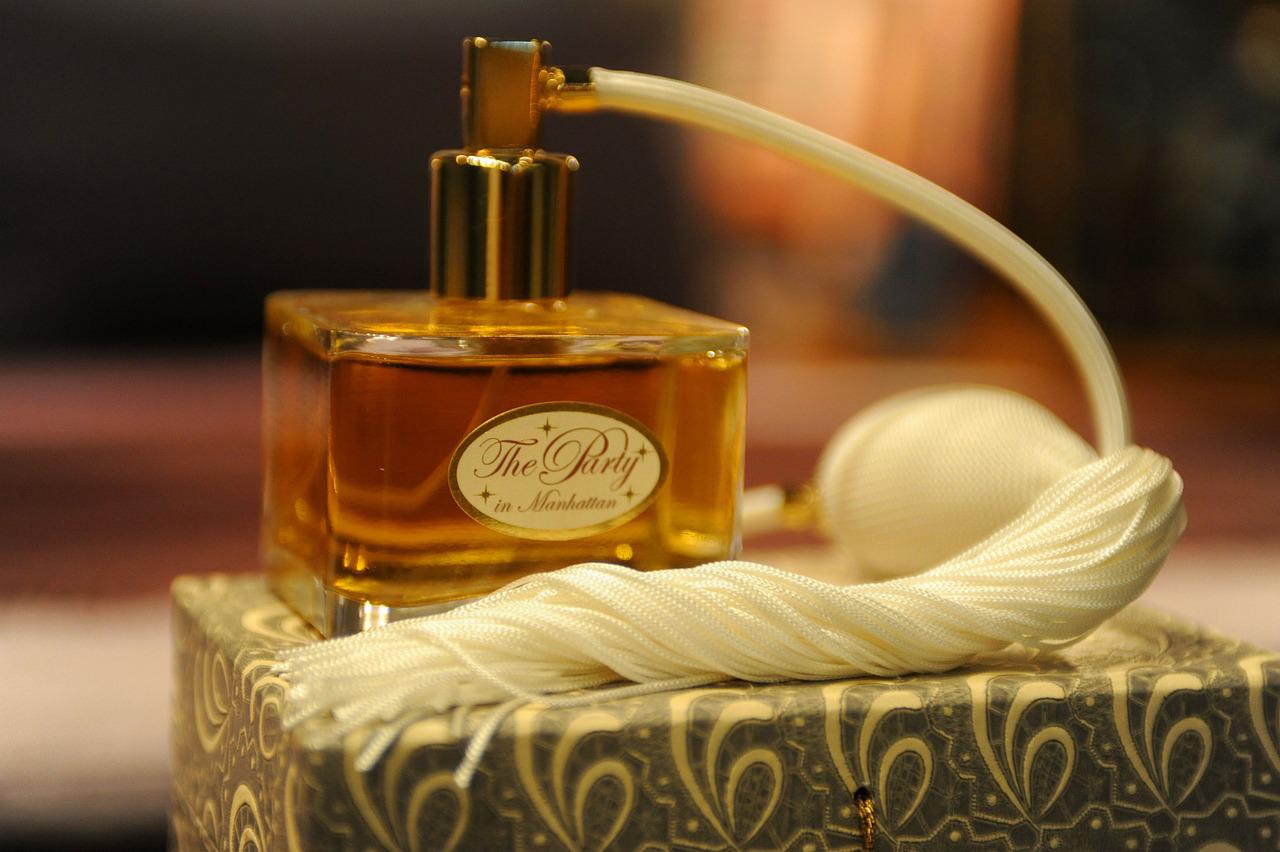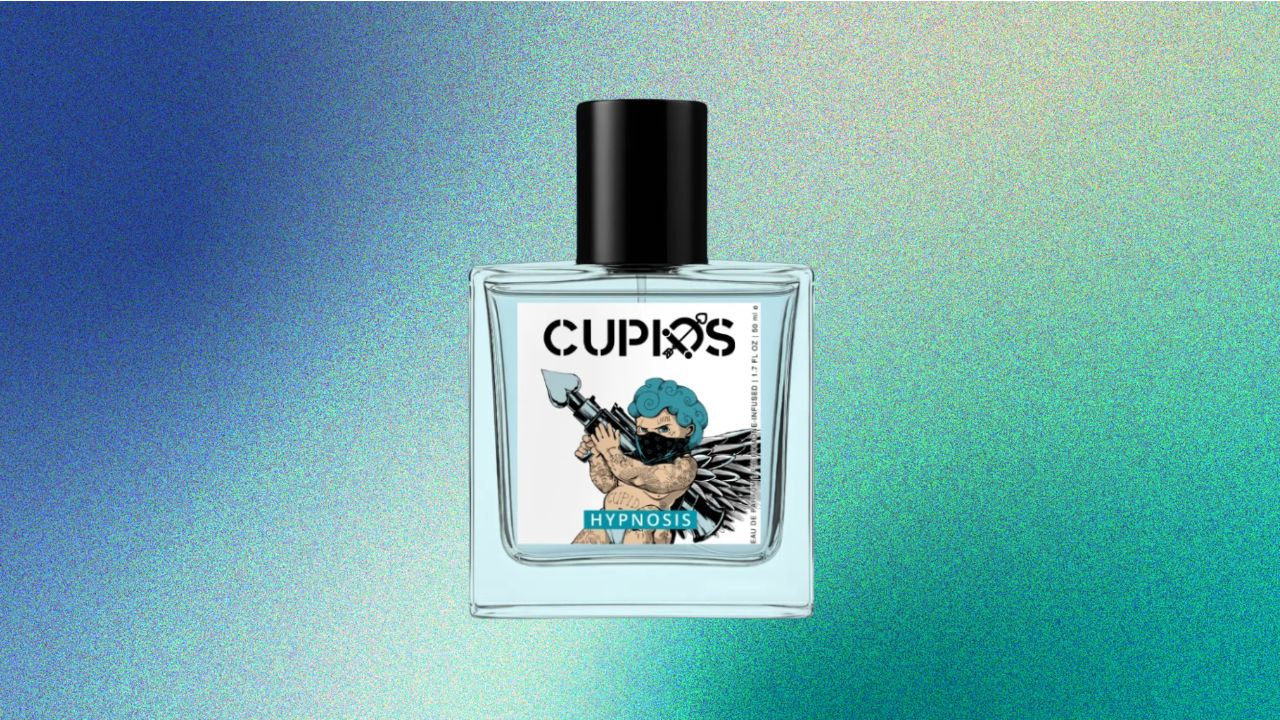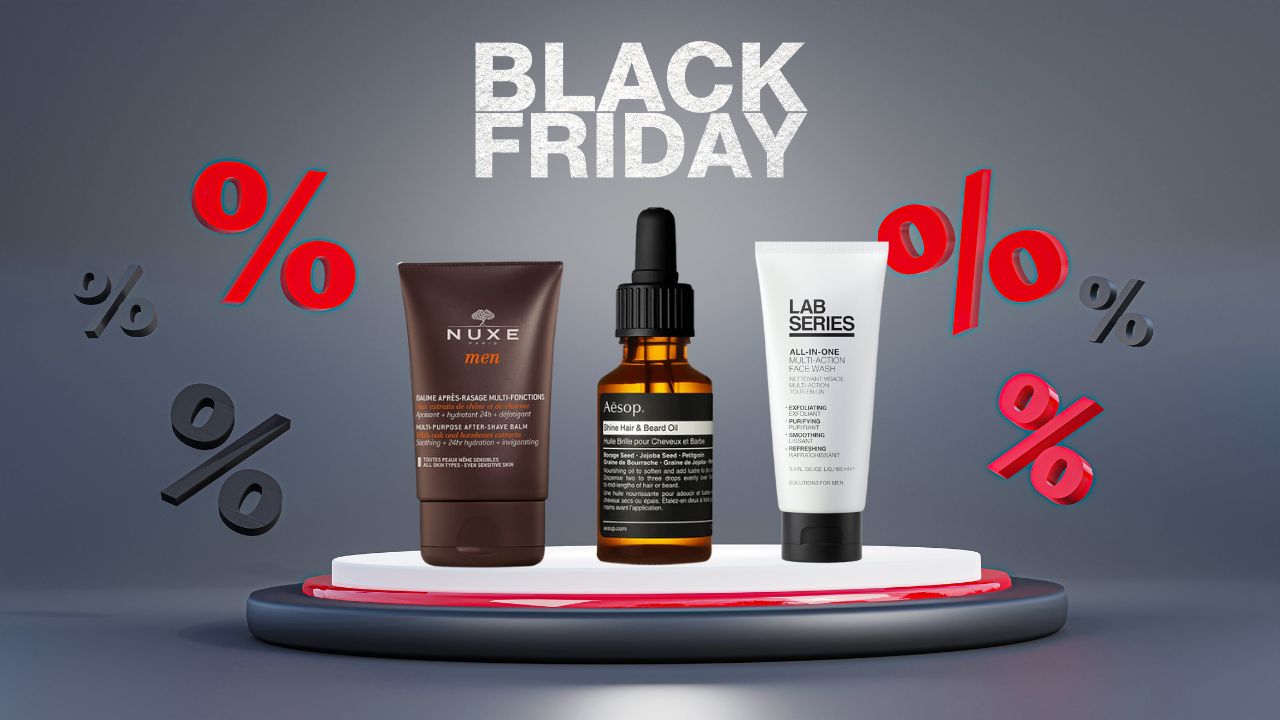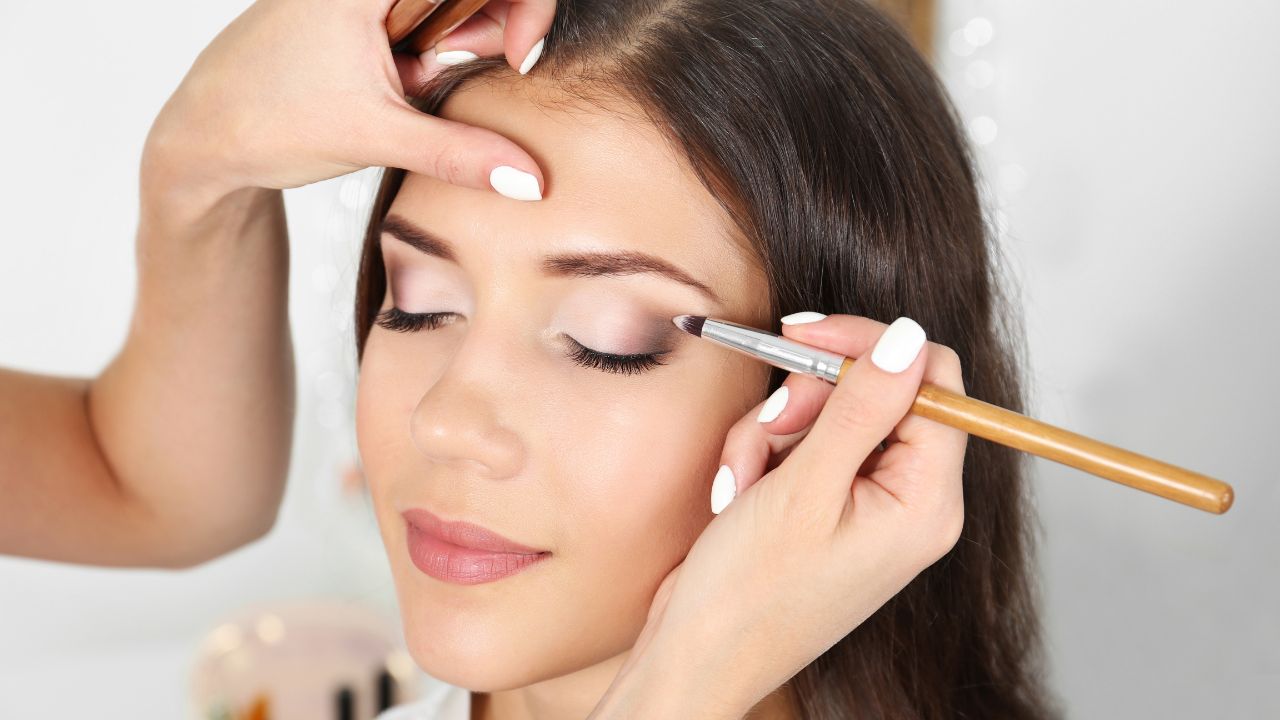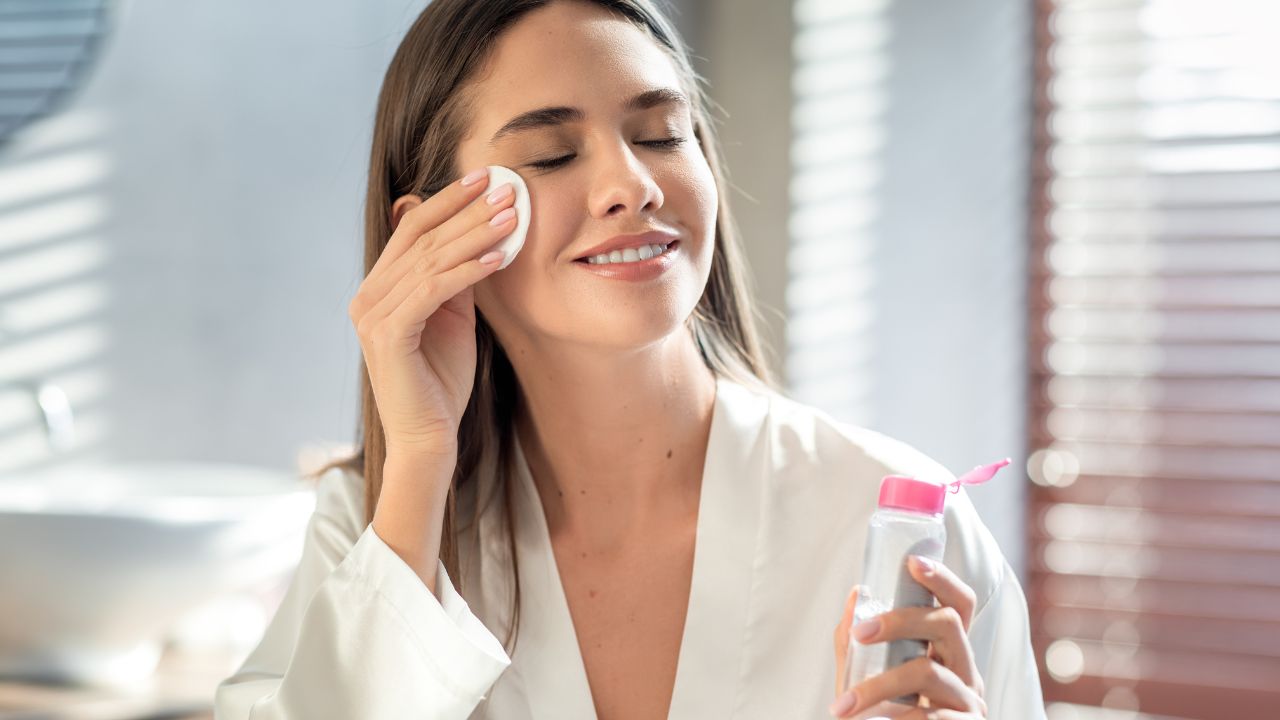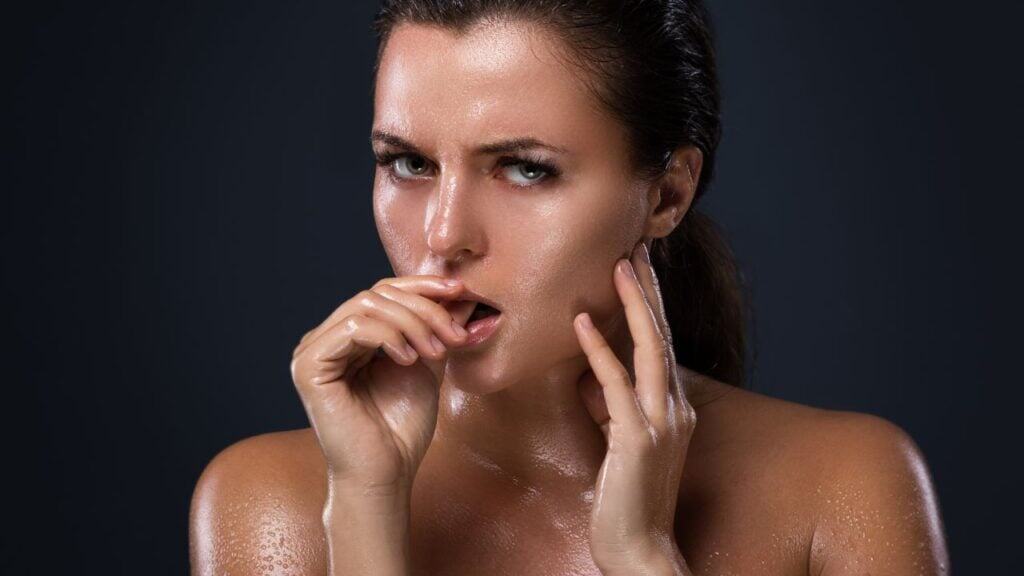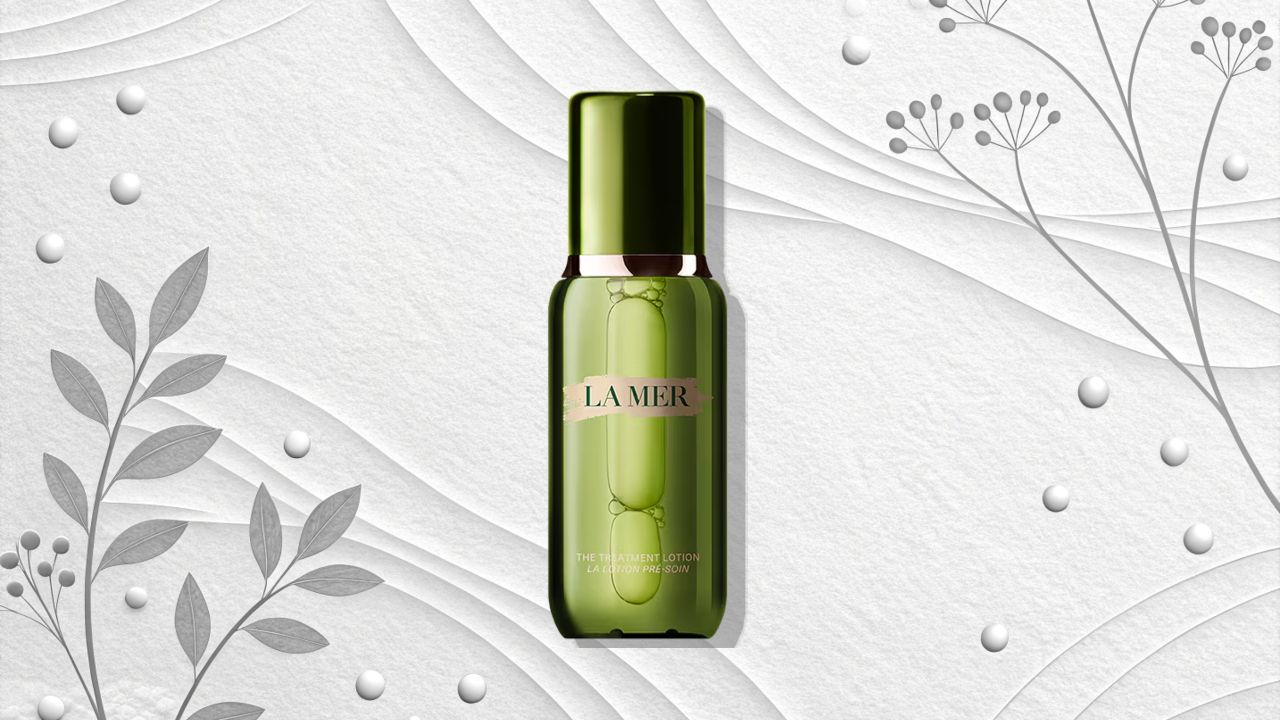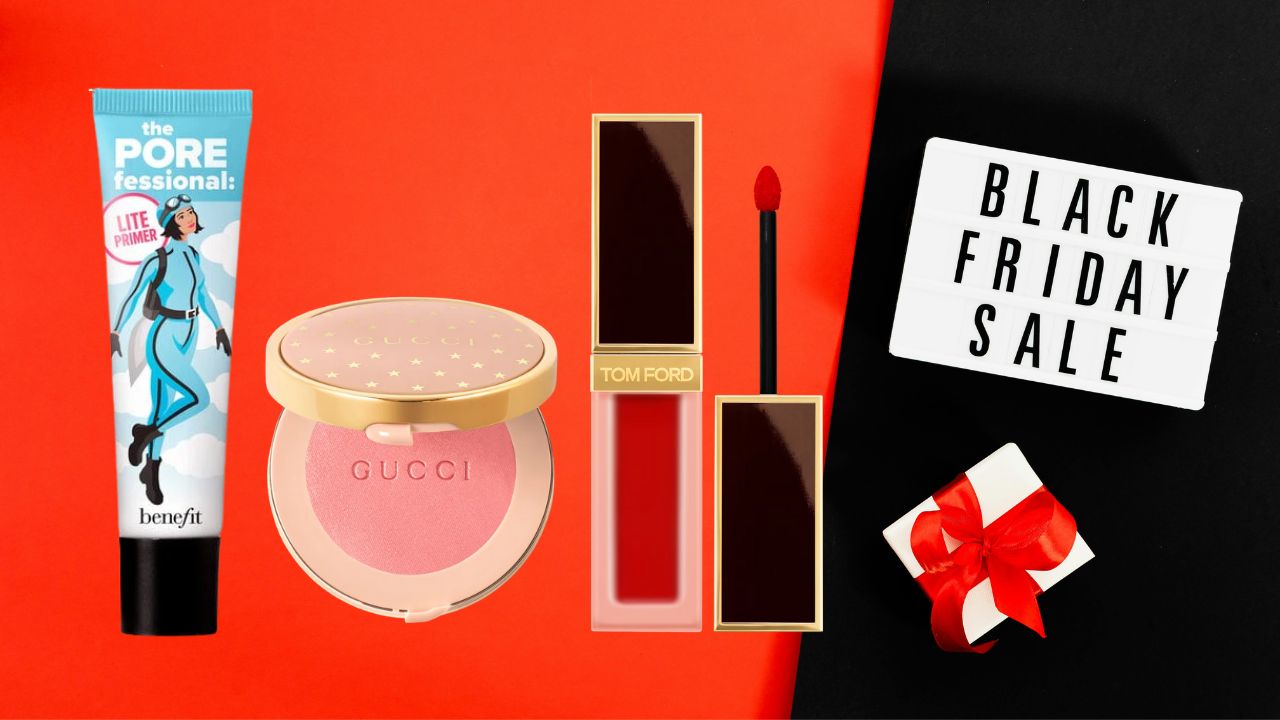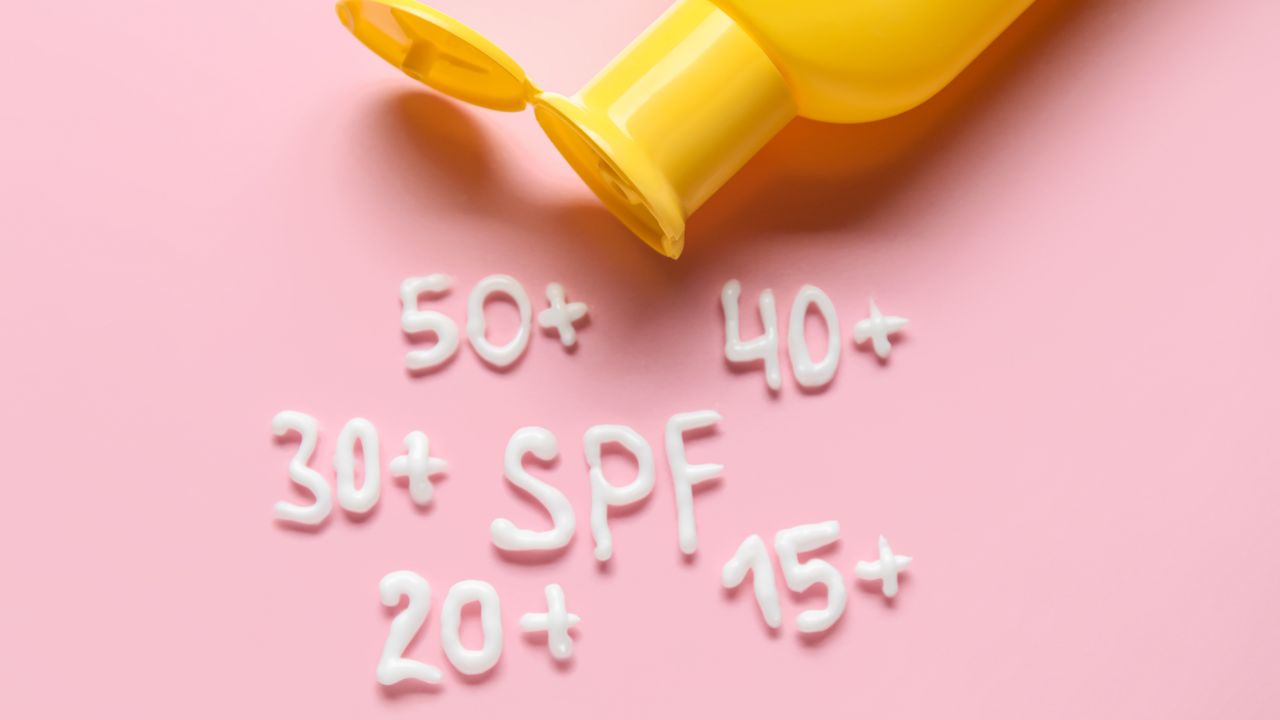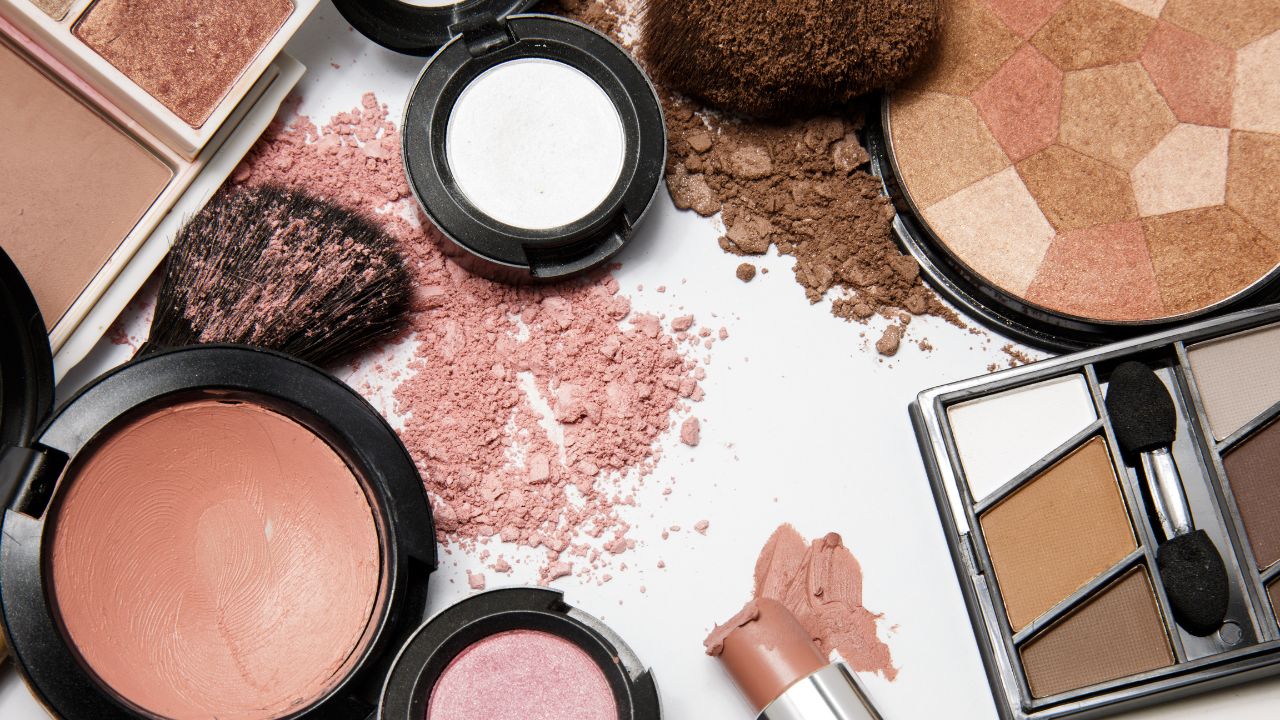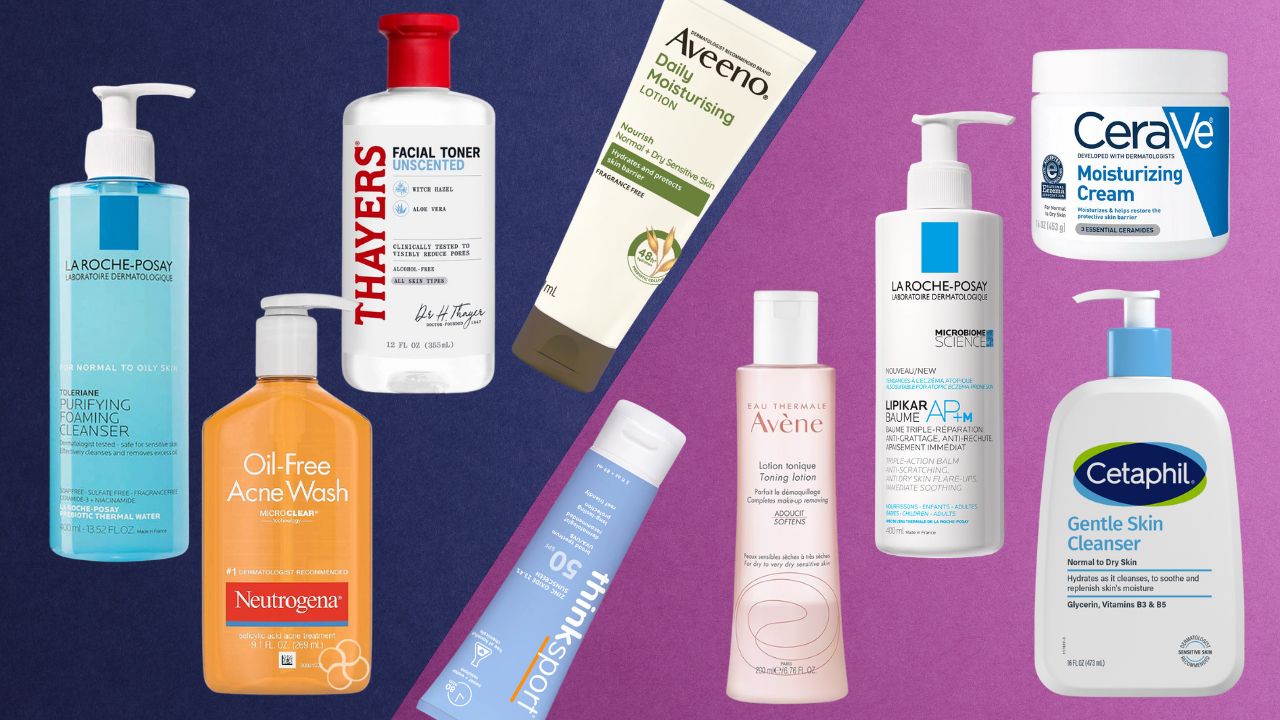Blog
Home / Origins & History of Perfume / History of Perfume Bottles: A Time Line
Categories
Recent Posts
- Which Day Has the Best Beauty Deals? Your Complete Guide to Shopping Smart in 2025
- Cupids Cologne Review: Does This Pheromone Fragrance Really Work? An Honest 30-Day Test
- Black Friday Aftershave Deals & Buying Guide 2025: Expert Tips for Smart Shopping
- How to Wear Red Lipstick: Expert Tips for Perfect Application and Long-Lasting Wear
- How to Do Eye Makeup Like a Pro: Step-by-Step Guide for Smokey Eyes, Big Eyes & More
We have seen many variants and iterations of the perfume bottle throughout history. In this article, we will explore the truly fascinating evolution of the perfume bottle. Modern perfume bottles are designed to enhance the experience of spraying on the aromatic liquid. Glass bottles are essential for storing perfume because they do not react with the liquid inside and protect it from external elements. While distilled and mixed perfumes can be traced back to ancient Mesopotamia, it is the Egyptians whose perfume vessels have survived the test of time.
Egyptian Ancient Perfume Bottles
How are perfume bottles made by Egyptians?
Perfume oil jars made with terracotta featuring hieroglyphics and paintings were often used by perfume lovers. Egyptians ensured that their ancient perfume bottles were crafted to perfection and looked delicate. Since perfume was exclusive to the nobility, the bottles needed to match up with their splendor. The vessels would either be created with stones like travertine marble or fashioned using a type of ceramic called faience. Colorful glass was also used to create perfume bottles with the core-forming method, which was developed in Mesopotamia and then spread to Egypt. The artisans created exquisite patterns with rich colors to make the bottles look luxurious. The vials, also known as alabastrons, were examples of excellent craftsmanship. The Romans came up with the ‘aryballos’, a small narrow-necked spherical container that made direct application of perfume much easier. You may learn more about Egyptians in this article: Ancient Egypt: Origins of Perfume.
Impact of Glassblowing on Perfume Bottles
Syrian artists came up with the process of blowing in around the 1st century BCE. It became popular in the Roman Empire among perfume enthusiasts. As perfumes were beginning to infiltrate the daily lives of the Romans, it became important to arrange for large-scale production of ancient perfume bottles. Glassblowing helped them accomplish just that. Blown glass was translucent and swifter to make. As a result, artists ditched core-formed or cast glass and used blown glass to make tableware, jewelry, and perfume bottles. We have also published this article about Ancient Roman Perfume History.
Luxurious Perfume Bottles of the Renaissance
The Middle Ages saw perfume becoming more commonplace in Europe with the introduction of new ingredients and new manufacturing processes. Solid perfumes, which were often worn on the body, were kept in pomanders. Liquid perfumes, on the other hand, were stored in gorgeous, exquisite vials. Venice introduced delicate, thin glass vessels in a style known as cristallo which changed the game. The perfume bottles of the late medieval period reflected luxury. They were often decorated with stones and gems so as to make a statement in public.
Development in the 18th century
Perfume bottles of the 18th century in Europe evolved fairly quickly depending on the fashion of the day. Glass, porcelain, or even white glass was commonly used to make the bottles. Available in Neoclassical styles, many bottles tried to replicate the scrolls and gilding of Rococo design or paint a pastoral scene of the Romantic era. It was during this time that it was slowly becoming clear that the person making the perfume bottle was as much as artist as the one making the perfume.In 1870, gastronome Brillat-Savarin came up with the idea for the atomizer. This was one of the most important inventions in Perfumery thus far, changing the fundamental way in which someone thought about perfume.
American Perfume Bottles
The Industrial Revolution made it possible to facilitate the mass production of glassware. Americans, instead of opting for classic designs, decided to try something new and create unique bottles that would represent the liquid inside. Ornate decoration alongside cut glass became common features of these new-age perfume bottles designed by jewelers like Louis Comfort Tiffany. Following an Art Nouveau style, these bottles were decorated with precious stone but the main charm lay in the intricate glasswork.
20th Century Perfume Bottles
Towards the beginning of the twentieth century, two crystal manufacturers went into the business of making strikingly beautiful fragrance bottles, Lalique for Coty and Baccarat for Guerlain. The perfume bottles emerged as works of themselves, and companies intended them to be displayed as decor pieces on the vanity. In 1946, Elsa Schiaparelli created one of the most unusual perfume bottles ever in collaboration with none other than Salvador Dali. Crafted by Baccarat, Le Roy Soleil by Schiaparelli (The Sun King) was in the shape of the Sun and featured waves to denote the freedom of France from Nazi Germany. Nina Ricci’s L’Air du Temps bottle featured two intertwined doves to indicate freedom and grace. Crystal perfume bottles were definitely quite the statement, and René Lalique’s frosted glass perfume bottles are still in demand. The iconic perfume bottles of iconic perfumes are instantly recognizable, indicating the value of a good perfume bottle design for brands. Chanel No. 5, the most popular perfume in the world, also has a memorable bottle design because of the cut-glass design that allows the amber liquid to shine through in all its glory.In recent times, there has been a shift towards more uncommon or futuristic designs. Brands like Moschino and Jean Paul Gaultier have ended up with a unique bottle design to define their brand.
Related posts
Which Day Has the Best Beauty Deals? Your Complete Guide to Shopping Smart in 2025
Every beauty enthusiast faces the same dilemma: when should I buy beauty products to get the absolute best beauty deals without sacrifi...
Cupids Cologne Review: Does This Pheromone Fragrance Really Work? An Honest 30-Day Test
The world of pheromone colognes has exploded in recent years, with countless brands promising everything from instant attraction to mag...
Black Friday Aftershave Deals & Buying Guide 2025: Expert Tips for Smart Shopping
Black Friday 2025 presents the perfect opportunity to upgrade your post-shave skincare routine without breaking the bank. Whether you'r...
How to Wear Red Lipstick: Expert Tips for Perfect Application and Long-Lasting Wear
Nothing makes a statement quite like a bold red lip. It’s the ultimate power move—elegant, timeless, and undeniably captivating. Red lipstick has historically been a symbol of courage and defiance, empowering wearers through generations. But let’s be honest, wearing red lipstick can feel genuinely intimidating. What if it smudges? What if it bleeds? What if you choose the wrong shade for your complexion?
How to Do Eye Makeup Like a Pro: Step-by-Step Guide for Smokey Eyes, Big Eyes & More
This beginner-friendly guide will walk you through every step—from choosing the right brushes to perfecting your crease and liner. No jargon, no pressure—just clear, practical tips that help you create looks that highlight your eyes and express your style.
How to Use Toner: A Step-by-Step Guide for Flawless Skin
In this expert-backed guide, we’ll show you exactly how to use toner the right way, ensuring you get maximum skin benefits while avoiding common mistakes. Let’s dive in!
Essential Body Care Routine for Oily Skin: 7 Smart Steps for a Balanced, Happy Glow
With the right body care routine, tailored specifically for oily skin, you can find that perfect sweet spot between a healthy glow and unwanted greasiness. And no, you don’t need a crazy 12-step ritual or a celebrity facialist. Just a few smart product swaps, some know-how about ingredients, and a little consistency.
La Mer The Treatment Lotion: How to Use It to Soothe Sensitivity and Redness
Let’s talk about La Mer The Treatment Lotion—what it is, how to use it, and how it fits into a full La Mer ritual that helps reduce redness, restore hydration, and calm sensitivity like a pro.
The Best Makeup Products to Invest In During Black Friday 2025: Investment Pieces Worth Every Penny
Black Friday 2025 is coming November 28th, and if you're a beauty enthusiast looking to upgrade your makeup collection without breaking...
Understanding SPF: How to Choose the Best Protection for Your Skin
The undeniable truth is, UV damage affects everyone—regardless of skin tone, prevailing season, or whether you’re spending your entire day indoors or outside. If you’re unsure which SPF you should be consistently using or precisely how often to reapply it, you are certainly not alone. Let’s systematically break down all these essential aspects so you can confidently safeguard your delicate skin every single day.
Makeup Essentials: Must-Have Products for Every Beauty Routine
Whether you’re a complete beginner or seeking to streamline your current collection, this definitive guide deconstructs the indispensable products for a well-rounded, everyday cosmetic regimen. No gimmicks, no excess—just practical, proven selections that elevate your look without cluttering your vanity. This article aims to empower you to create a core, versatile kit.
The Best Pregnancy-Safe Skin Care Products: Top Picks for Expecting Mothers
Navigating the world of skincare during pregnancy can be daunting, with countless products and ingredients to consider. But fear not! We’ve curated a list of the best pregnancy-safe skincare products to keep you glowing and ensure both you and your baby remain safe.
Comments


